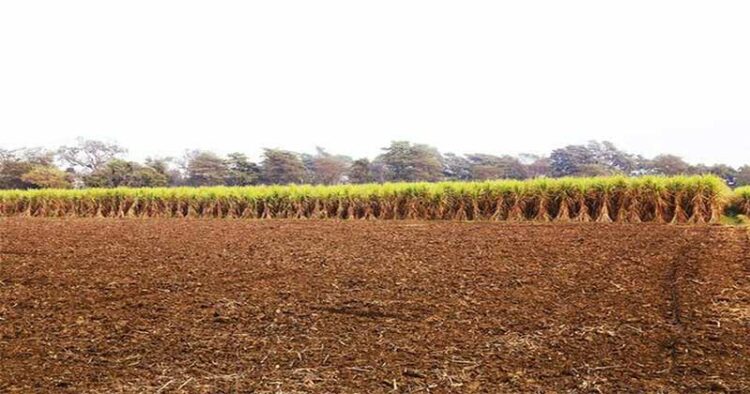New Delhi: Currently, the Records of Rights in States and Union Territories are maintained in local languages. The linguistic barriers pose severe challenges to accessing information and usage in an understandable form. To address the problem of the linguistic obstacles in land governance of the country, the Government, with the technical support of the Centre for Development of Advanced Computing (C-DAC) Pune, has undertaken an initiative to transliterate the Records of Rights available in the local language to any of the 22 languages recognized by the Constitution, official sources said.
The pilot test is underway in 8 States – Bihar, Maharashtra, Gujarat, Puducherry, Uttar Pradesh, Tamil Nādu, Tripura and Union Territories of Jammu & Kashmir and it is targeted to launch the initiative on a Pan-India basis shortly.
Sources also said that the Government had earnestly taken up the Watershed Development Component of the Pradhan Mantri Krishi Sinchayee Yojana (WDC-PMKSY). The Department of Land Resources had been implementing a Centrally Sponsored Scheme (CSS) ‘Integrated
Watershed Management Programme (IWMP) since 2009-10 for developing rainfed and degraded areas.
In 2015-16, under the Modi Government, the IWMP was amalgamated as the Watershed Development Component of the umbrella scheme of Pradhan Mantri Krishi Sinchayee Yojana. The activities undertaken, inter alia, include ridge area treatment, drainage line treatment, soil and moisture conservation, rainwater harvesting, nursery raising, afforestation, horticulture, pasture development, livelihoods for asset-less persons, etc.
Watershed development programmes have proved to be the most suitable solution to the problems of land degradation, soil erosion, water scarcity, climatic uncertainties etc., sources said.
The programme contributes substantially towards enhancing agricultural production & productivity, reducing poverty and improving livelihoods, especially in rural areas.
Under WDC-PMKSY1.0, there have been significant achievements by implementing 6382 projects covering an area of approximately 29.50 million hectares.
The Integrated Land Information Management System has been rolled out in 321 districts and Unique Land Parcel Identification Numberolled out in 24 States.
According to official sources, the Pilot test for linking e-Courts with land records and the registration database was undertaken successfully in Haryana, Maharashtra and Uttar Pradesh.
Sources said 26 States/U.T.s received necessary clearances from the concerned High Courts to integrate e-Courts Applications.
Software with the land records application software and registration database.
Department of Land Resources (DolR) under the Union Ministry of Rural Development today revealed that the Computerisation of Land Records had been completed in more than 94 per cent of villages of the country. In a year-ender statement, the DoLR said Record of Rights (RoR) had been completed in more than 94 per cent of areas in 29 States/U.T.s (6,20,166 villages out of a total of 6,56,792 villages in the country.
Similarly, Computerisation of Registration was completed by more than 93 per cent in 27 States/U.T.s.(4,905 Sub-Registrar Offices out of a total of 5,254 SROs). Integration of Sub Registrar Offices (SROs) with Land Records has been completed by more than 75 per cent in 20 States/U.T.s (3983 SROs of the total 5,254 SROs).
Cadastral Maps have been digitised in more than 70 per cent of 21 States/U.T.s (1,17,33,176 maps out of 1,66,61,435 maps).
Cadastral Maps also referred to as Bhu Naksha, are a digital form of land records that show all the boundaries of different parts of land pieces based on their length, area, and direction.
These maps help to view the ownership status of land pieces in different regions based on your requirements.















Comments